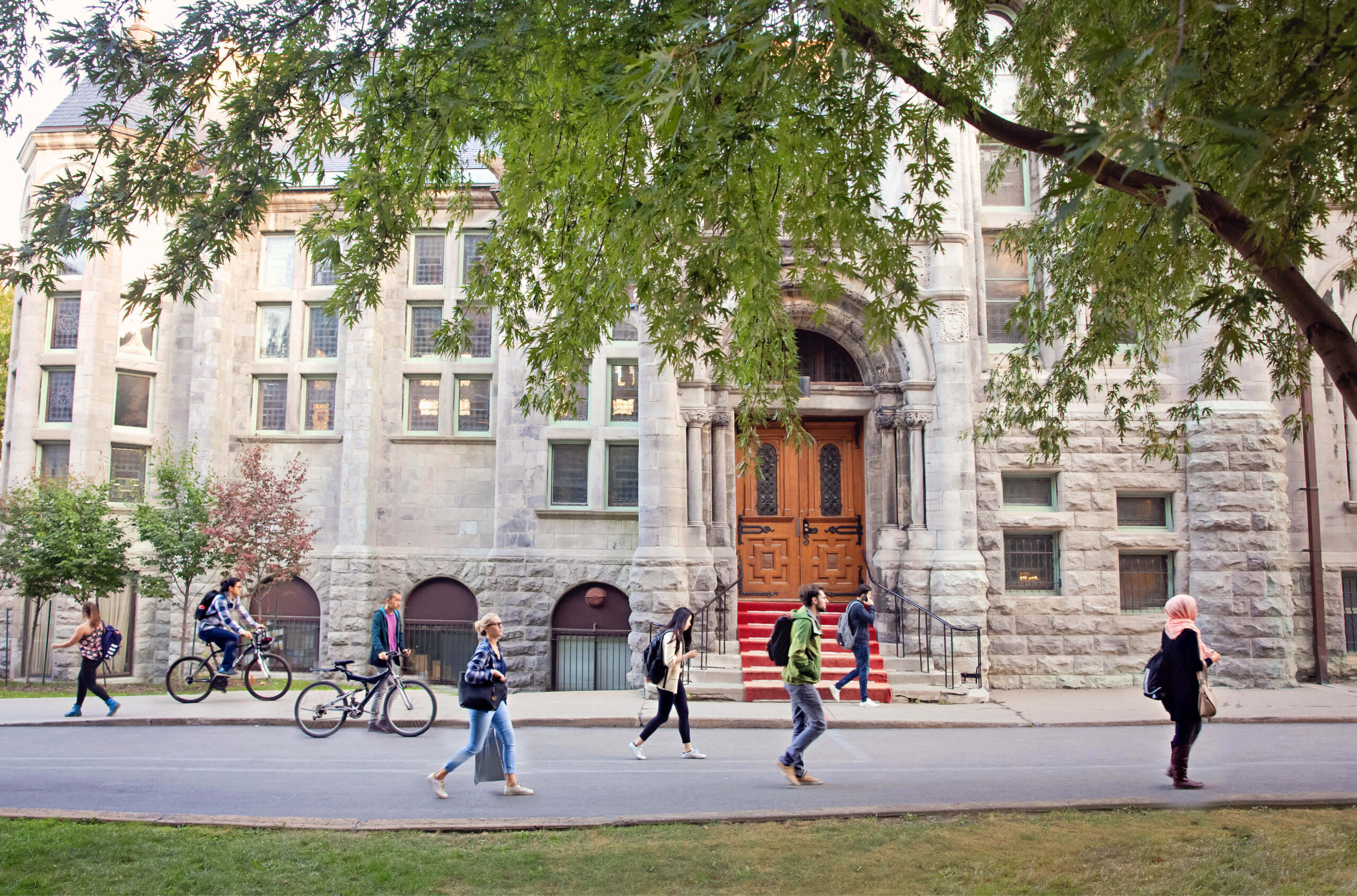Will Ontario answer calls for increased postsecondary funding and tuition?
The province’s postsecondary education sector responds to blue ribbon panel report.

The financial sustainability of Ontario’s postsecondary sector is “at serious risk,” and requires a significant cash infusion from the provincial government and students, says a government appointed “blue ribbon” panel.
According to the panel’s recently published report, Ensuring Financial Sustainability for Ontario’s Postsecondary Sector, provincial government grants should increase initially by 10 per cent with a minimum two per cent annual increase for the next three to five years. The panel also recommended tuition should be increased by five per cent for next fall – eight per cent for some professional programs – along with subsequent cost-of-living increases, ending a nearly five-year-long freeze.
Ontario universities urged the provincial government to move quickly on the recommendations, calling for an in-year grant infusion and announcement that the tuition freeze will end for 2024-25. “I think the government understands that they will need to take action,” Steve Orsini, president and CEO of the Council of Ontario Universities (COU) told University Affairs. “The sooner they implement the panel report, the better.”
While the report stated that the sector’s financial health requires a “shared and balanced commitment” among government, students and institutions, it also painted a stark picture of the Ontario government’s funding record over time. The province’s own figures show that per-student operating grants for universities were lower in 2021 – $8,350 – than in 2008 when they were $8,514, not accounting for inflation.
Some institutions have become so reliant on international students that “revenue from this source is fundamental to the sector’s financial sustainability,” the report observed, though it pointed out this accounts for a lower proportion at universities than colleges and did not include any related formal recommendations for universities.
The panel was chaired by Alan Harrison, a senior leadership veteran at several Canadian universities, who in 2021 also served as the Ontario government’s special adviser into financial difficulties at Laurentian University, a situation that prompted the panel’s creation as well as subsequent auditor general reports. The eight-member panel included representatives from university, college and Indigenous institute leadership and governance.
Calling the report a “major milestone” in the effort to improve postsecondary accessibility and sustainability, Jill Dunlop, Ontario’s minister for colleges and universities, said she would not make changes to funding or tuition until institutions reviewed their spending and operating practices to ensure they are “operating as efficiently as possible.” The COU responded by issuing a brief on efficiencies their members have already achieved and continue to pursue, including joint purchasing and collaborative guidelines on space optimization.
Ms. Dunlop said that work would also continue to implement a financial accountability framework, incorporating third-party credit ratings and triggering action if financial targets are missed. The COU agreed with the panel’s suggestion that it could lead the creation of a process for assembling a group of sector experts to help a university where such action is required.
In addition to receiving more money per student, universities should be allowed to increase the number of domestic students for which they are funded due to an anticipated increase in the 18- to 20-year-old age group until at least 2028, the panel recommended. Some 14 smaller and mid-sized universities have already admitted an additional 20,000-plus domestic students than they are funded for, representing a loss of $175 million, according to the report.
While the province had been following a plan to move from a largely enrolment-based funding model to one where 60 per cent would be driven by “performance,” such as graduation and postgraduation employment rates and research grants, the panel recommended reducing that to no more than 25 per cent by 2026-27.
Pointing out that a one-size-fits-all approach does not match the differing local contexts of universities, the panel recommended that northern universities be allowed to lower their enrolment floor and that any institution where enrolment falls below its floor this year not have grants clawed back.
That won’t make much of a difference, however, said Kevin Wamsley, president of Nipissing University in North Bay. He pointed out that some Nipissing programs, such as education, have historically seen strong demand.
“The major issue for all of us is unfunded students,” said Dr. Wamsley. Nipissing has some 270 such students, most of them in teacher education. A more useful way to help said Dr. Wamsley, would be for the government to improve special northern grants funding, recognizing the unique costs Nipissing faces as a small, relatively remote university.
The Ontario Undergraduate Student Alliance (OUSA) welcomed improvements to operational funding but said in a news release that the recommendations, if implemented, would still leave student tuition contributing a “disproportionate” share to revenue, which it pegged at about 65 per cent in 2021-22 (the panel, however, wrote that restoring tuition to what it was in 2019, accounting for inflation, would represent a 25 per cent tuition hike, something it was unwilling to recommend). OUSA was also pleased with the panel’s calls for improvements to the Ontario Student Assistance Program including increasing grants to low-income students, but wanted to see government go farther, such as fully funding low-income student needs through grants and extending the repayment grace period.
Two small French-language universities, Université de Hearst and Université de l’Ontario français were found to be severely under-enrolled and at risk of staying financially independent. The panel advised they be reorganized with other French-language postsecondary institutions, either through partnership, a consortium or a federation with the University of Ottawa.
In an unusual move, Dr. Harrison, the panel’s chair, included his own recommendation that the University of Toronto be allowed to freely set its domestic student tuition fees. He argued that the university commands “preeminence” in a multitude of areas, at a higher cost, and could jeopardize the rest of the system if it chose to exceed its enrolment limits, drawing students away from other universities.
Despite the sector’s financial woes, none of it can be attributed to faculty salaries which, at Ontario universities, are among the lowest in the country, the panel wrote. Faculty have said that even if the province follows the recommendations, the system will remain substantially underfunded.
A recent report commissioned by the Ontario Confederation of University Faculty Associations (OCUFA) suggested it would take an additional $4.9 billion in the first of five years to bring Ontario up to the Canadian average for per university student funding.
“The reality is the pie itself is not large enough,” said Nigmendra Narain, OCUFA’s president. “If we start to move around some of these metrics, it’s really about shuffling the chairs on the deck without realizing that, look, we just need a lot more chairs on the deck with our problem of chronic underfunding.”
Featured Jobs
- Emergency Medical Services - Dr. Ron Stewart EMS Clinician Scientist Dalhousie University
- Business – Lecturer or Assistant Professor, 2-year term (Strategic Management) McMaster University
- Health Sciences - Researchers - Canada Excellence Research Chairs NomineesMcMaster University
- Computer Science - Assistant Professor (Master of Data Analytics)University of Niagara Falls Canada
- Dean, Faculty of Health StudiesBrandon University













Post a comment
University Affairs moderates all comments according to the following guidelines. If approved, comments generally appear within one business day. We may republish particularly insightful remarks in our print edition or elsewhere.